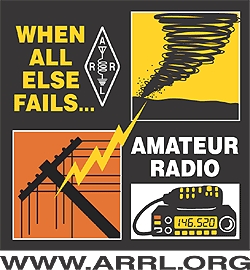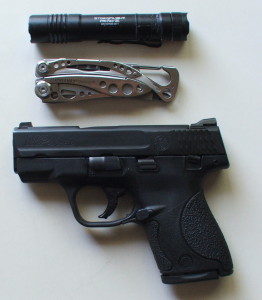By: Chris Warren
I was twelve years old and the Citizen’s Band (CB) radio craze in the United States had already been going for a while. After successfully nagging my parents into letting me get a CB, which included mounting a large antenna on their house, I had a hot signal all over town. All my friends were doing CB, too. It was like the Twitter of its time. I did not know that the ghost of CB radio would still be sending out good vibes so many decades later.
The fad took off around 1975. It had its own quirky vocabulary. There were magazines and organized clubs devoted solely to CB radio. CB radio became a major theme in contemporary movies, TV shows, and gave birth to an entire genre of amazingly lame songs. No one used their real name on the air. Colorful “handles” (a made up name) were used instead. In our area we had The Lamplighter, Dream Weaver, Handy Andy, The Bookkeeper, Pizza Man, Old Grey Mare, Four String, Beholder, and dozens of others.
These people were not just voices in a box. They were friends and neighbors.
Most towns had an unofficial CB radio “home channel” where the locals would hang out and chatter away, often late into the night. In Naperville, it was channel 15. It was a cheerful place; even us kids were welcomed. CB has a practical range of about five miles (8.04 km); it was the perfect medium for an electronic town square where everyone can gather.
Every Saturday morning CBers would flock to Grandma Sally’s Pancake House for an “eyeball” (that’s CB lingo for a face to face meeting). On some weekends over twenty people would show up. If any of the regulars were not heard on the radio in a while, someone would go check up on them. These people were not just voices in a box. They were friends and neighbors.
As with all fads, CB radio fever quickly flamed out. Pop culture jumped to the next big thing and by 1980, the airwaves went dead as we kids got older and found other things to do while the adults likewise lost interest and fell away. No one even thinks about CB radio anymore: Smart phones and all the goodies that come with them have eliminated the advantages of analog CB radio, albeit with less personality and camaraderie. My run on CB lasted less than three years. But wow, what a great run it was!
Today, the CB channels are now mostly a wasteland of static and pirate operators running illegal amplifiers. About all that’s left of any significance is long haul truckers exchanging travel information and scattered hotspots of legitimate users such as farmers and outdoorsmen. No one uses CB radio just for socializing. High end CB radio sets that used to cost hundreds of dollars (in 1978 money!) can now be found at flea markets in working condition for about twenty five bucks or less.
At the time I didn’t know my Realistic Navaho TR-431 CB would turn into an obsession with amateur (ham) radio, which to this day I am still deeply involved with, and ultimately into a fulfilling career as an electronic technician keeping transmission equipment on line for a large telecomm company. Not many people do as adults what they dreamed of doing as kids, but I’m one of the lucky ones. The pedigree of my entire professional life can be traced back to that one CB radio.
The short lived glory days of the citizens’ band are indeed never coming back, yet CB radio has earned immortality in American culture and in many individuals’ lives. As anyone who has ever heard the Red Sovine song Teddy Bear can attest, CB had a lowbrow, tacky aura to it, kind of like a circus sideshow. Beneath the cheesy sentimentality, it also had a genuine homespun touch of class. The CB radio signals have faded forever but the happy vibe is still being received loud & clear.


